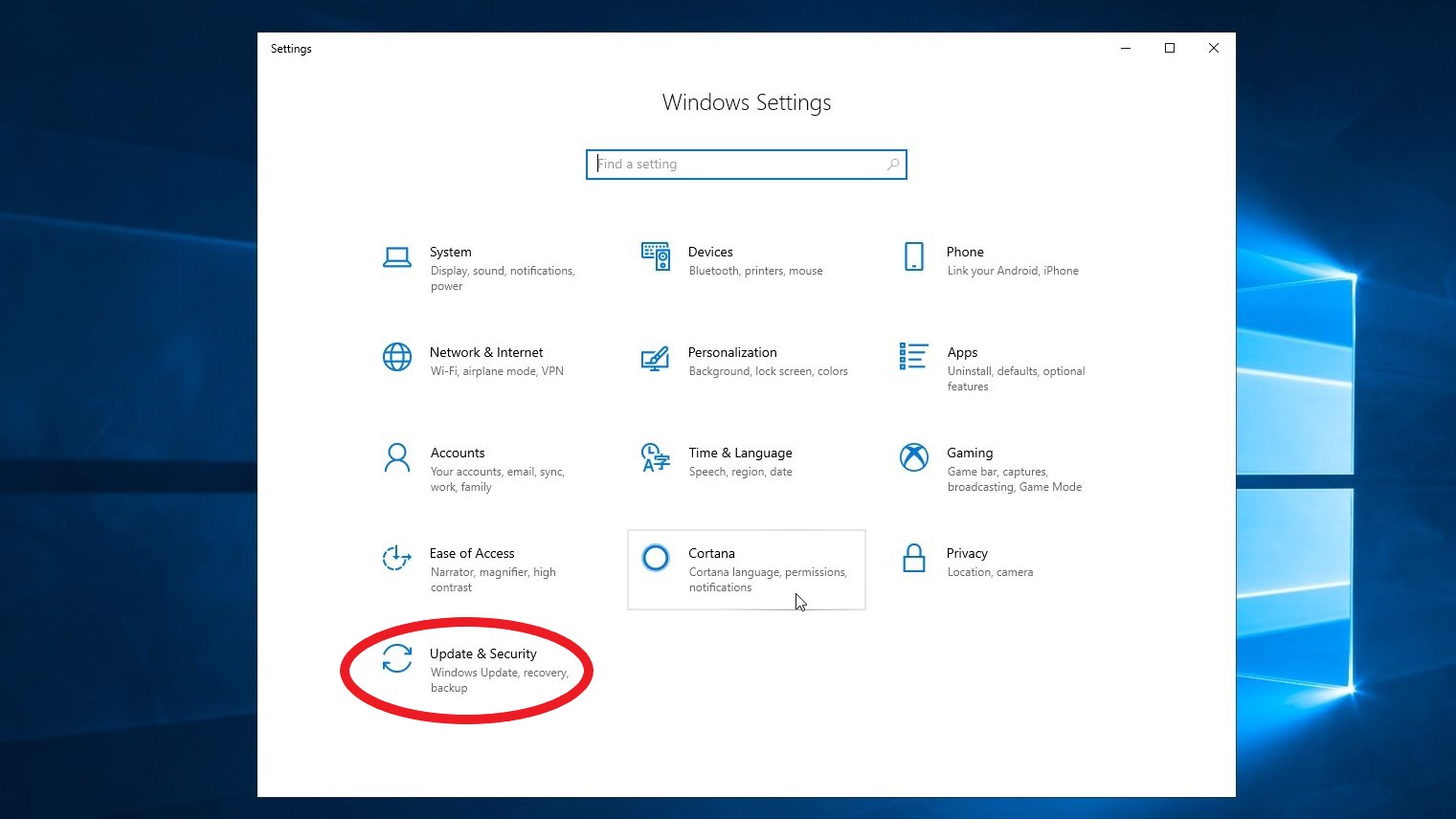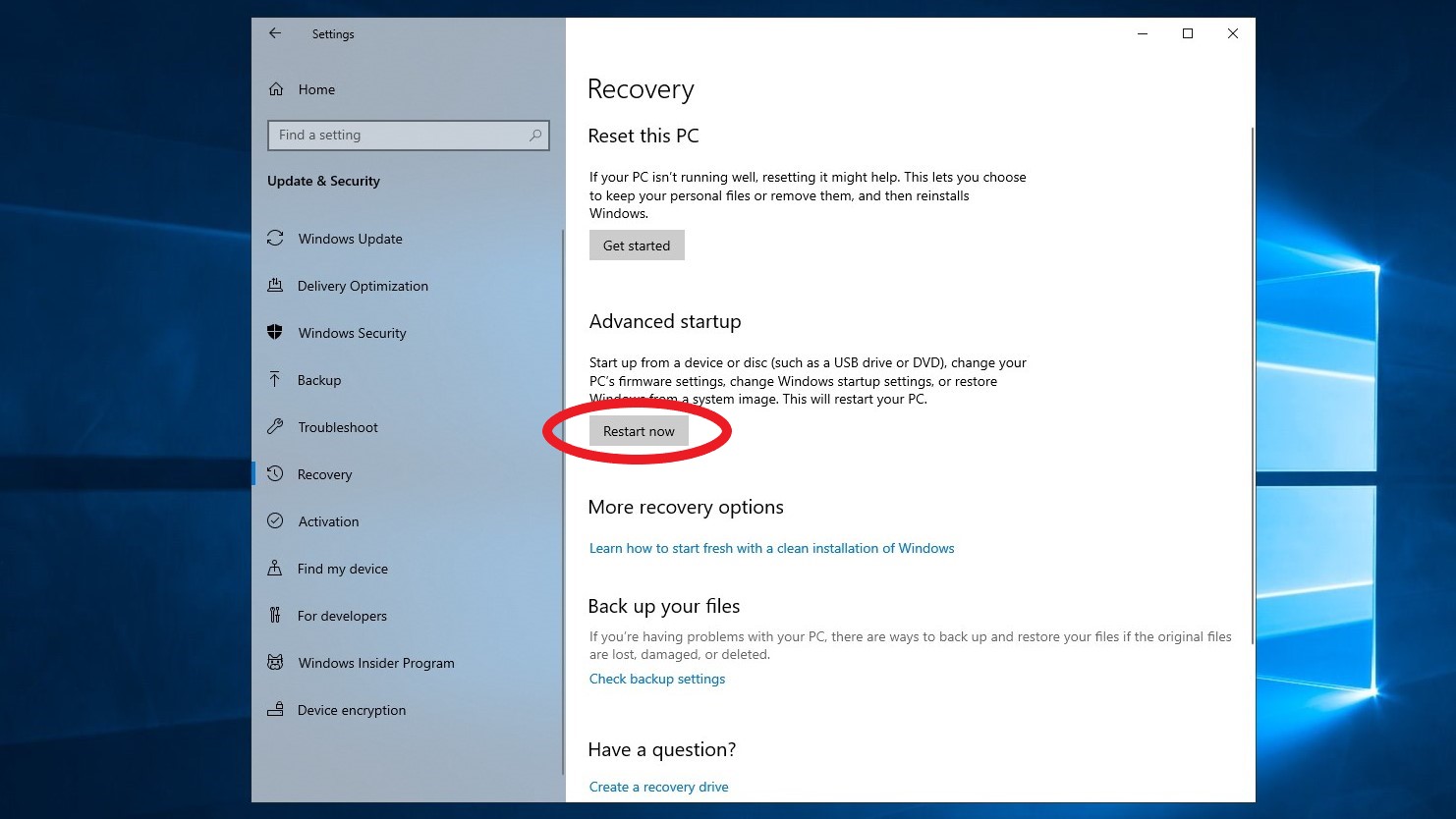How to Get Out of Tablet Mode Windows 10
How to start Windows 10 in Safe Mode
A first step in troubleshooting

Image Credit: Microsoft
(Image: © Microsoft)
You should know how to start Windows 10 in Safe Mode when your operating system is acting up.
If you're not familiar with Safe Mode, it disables a number of drivers and files, essentially running a bare bones version of Windows 10, so you can figure out if any of the OS' settings or drivers are the root cause of your problems. In basic Safe Mode, network connectivity is deactivated. If you need to access the internet or devices on your network while in Safe Mode, you'll have to select "Safe Mode with Networking."
To get up and running in Safe Mode, you have three options to choose from. No matter which one you go with, they each will need you to get into the Advanced options of the Troubleshooting section of the Windows 10 Advanced startup tool.
Thankfully, that's the only part of the process with alternate ways of progressing. Continuing on in safe mode afterward all follow the same steps. Keep this in mind as we'll begin with those different steps for the Advanced startup tool before moving on with the rest of the process. Read on to learn how to start Windows 10 in Safe Mode.
If, on the other hand, you simply want to reset your password, here's how to perform a password reset in Windows 10.
Windows 10 has a quick and easy way to reach the Advanced startup tool by restarting your system to directly boot into it. If you're already logged into Windows 10, you can perform this reboot by using the following steps:

- Step one: Open Windows Settings by pressing the Windows Key and selecting the Settings Gear Icon, or use the Windows Key+I keyboard shortcut.

- Step two: In the settings menu, select Update & Security, and then find and select Recovery in the side panel.

- Step three: On the new screen, underneath the heading Advanced startup, press the "Restart now" button.
This will reboot your computer into the Advanced startup tool. You may also be able to reach this screen by pressing the Windows Key, typing "advanced startup" into the search bar, and selecting "change advanced startup options" from the search results.
- Step four: Proceed to the instructions on how to boot into Safe Mode using the Advanced startup tool.
If you can't reach the Advanced startup tool using the above method, or can't log into Windows, then you may want to use this approach. You'll need to be on the Windows sign-in screen for this to work, so either reboot your computer, or log out of Windows by pressing Windows Key+L.
- Step one: From the Windows 10 sign-in screen, hold Shift and click on the power button in the bottom corner of the screen and select "Restart".
This will restart your PC and boot into a menu with the option to open a troubleshooter where the Advanced startup options are.
- Step two: Proceed to the instructions on how to boot into Safe Mode using the Advanced startup tool.
The easiest way to get into Safe Mode is to start with Windows 10 already running. However, if your system is misbehaving, that may not be an option. Fortunately, you can interrupt the startup process to reach the Advanced startup tool.
Begin with your PC powered down, or power it down by holding the power button until it turns off.

- Step one: Power up the PC by pressing the power button, and as soon as the computer appears to be booting the operating system (it may show the Windows or device/motherboard manufacturer's logo on your screen), hold the power button to shut it back down.
- Step two: Repeat the previous power-on, power-off step two more times.
- Step three: Power on your computer, this time allowing it to boot fully.
Your computer should now be booted into the Windows Recovery Environment.
- Step four: Proceed to the instructions on how to boot into Safe Mode using the Advanced startup tool
If you followed any set of the above steps successfully, your Windows PC should have booted to a blue screen that says "Choose an option."

- Step one: Select "Troubleshoot" from the list of options.

- Step two: On the new screen, select "Advanced options."

- Step three: From the Advanced options page, find and select "Startup Settings."
This will take you to a new screen that prompts you to restart your computer again.
- Step four: After your computer has restarted, find and select Safe Mode or Safe Mode with Networking to boot your computer into Safe Mode.
- Here's how to screenshot on PC

Over the last several years, Mark has been tasked as a writer, an editor, and a manager, interacting with published content from all angles. He is intimately familiar with the editorial process from the inception of an article idea, through the iterative process, past publishing, and down the road into performance analysis.
How to Get Out of Tablet Mode Windows 10
Source: https://www.techradar.com/in/how-to/how-to-start-windows-10-in-safe-mode